Pericoronitis is an inflammation of gum tissue around your third molar teeth, which is known as wisdom teeth. Pericoronitis ranges from mild to severe, and the symptoms include pain, bad breath, pus, and swelling. It mostly affects the lower jaw than the upper ones. It also affects people in their early 20s as that is the time their third molar starts erupting.
Leaving pericoronitis untreated can be dangerous. So, prompt care is essential. Read more to know about home remedies that heal pericoronitis and other medical treatment options.
Pericoronitis Causes and Risk Factors
Pericoronitis usually develops when the wisdom teeth are partially erupted. This uneven trap of wisdom teeth under a flap gum opens a way for the bacteria to enter the surrounding gums of the wisdom teeth to cause pericoronitis. Not only bacteria but also food debris, bacteria film, or plaque could also be trapped under the flap gum to cause inflammation called pericoronitis.
Certain factors increase the risk of having pericoronitis. They are,
- Being in your early 20s
- Partially erupted wisdom teeth
- Emotional stress and fatigue
- Poor oral hygiene
- Pregnancy
- Excess gum tissue
- Upper respiratory tract infection
Pericoronitis Symptoms
Symptoms of pericoronitis vary based on whether the condition is acute (short-term) or chronic (long-term).
Acute (Short-Term) Symptoms include,
- Severe pain around the affected tooth
- Swelling and redness in the gum tissue
- Pus discharge from the gum flap
- Difficulty opening the mouth (trismus)
- Bad breath or foul taste in the mouth
- Fever and general discomfort
Chronic (Long-Term) Symptoms include,
-
Mild, persistent pain or discomfort
- Occasional swelling in the gums
- Bad breath due to food and bacteria buildup
- A recurring bad taste in the mouth
- Difficulty maintaining oral hygiene in the affected area
Home Remedies For Pericoronitis
Pericoronitis can not be completely healed without consulting a dentist, but some home remedies can alleviate and treat the minor symptoms.
- Using a warm salt water rinse using the tooth brush in the affected flap gum gently helps in removing the bacteria and soothes inflammation. Also, using hydrogen peroxide rinse can reduce the bacteria in the affected area.
- Numbing the affected area using a cold compress reduces swelling and numbs pain by constricting the blood vessels.
- You can use over-the-counter pain relievers like Ibuprofen or acetaminophen to help manage pain and inflammation. However, using the recommended dosage is needed.
- Following good oral hygiene, like gently brushing and flossing twice a day around the affected area to prevent infection, can help in removing the bad bacteria and food debris.
- Usage of clove oil reduces the pain as eugenol in clove oil acts as a natural pain reliever with antibacterial properties.
Things to avoid when affected by Pericoronitis
Not only does following the treatment shorten the healing, but also avoiding some factors could also help in fasting the healing process to avoid long-term symptoms. They are,
- Skipping Dental Visits – Pericoronitis can worsen without professional treatment, so consulting a dentist is essential.
- Ignoring Symptoms – Delaying treatment can lead to severe infections and complications.
- Hard, Crunchy, or Sticky Foods – These can irritate the gum flap, worsen pain, and get trapped in the affected area.
- Smoking and Tobacco Use – Slows healing, increases the risk of infection, and worsens inflammation.
- Alcohol and Sugary Drinks – Can irritate the gums and promote bacterial growth.
- Using Sharp or Hard Objects to Clean the Area – May cause further injury or infection.
- Overusing Pain Relievers – Excessive reliance on medication without addressing the root cause can delay proper treatment.
- Poor Oral Hygiene – Failing to clean the mouth properly can lead to bacterial buildup and worsening of the condition.
- Touching the Affected Area Frequently – Can introduce more bacteria and increase the risk of infection.
Diagnosis of pericoronitis
Pericoronitis is diagnosed by a dentist by the following three steps,
- Clinical Examination – Checking the gum tissue for swelling, redness, or infection.
- X-rays – Assessing the alignment and eruption of wisdom teeth.
- Symptom Evaluation – Determining whether the condition is acute (short-term) or chronic (long-term).
Professional Dental Treatments for Pericoronitis
Finally dentist recommends professional dental treatment after the diagnosis to heal the process that is listed below,
- Deep Cleaning is done to remove trapped food particles and bacteria from the gum flap.
- Dentists prescribe antibiotics in severe cases to control the infection.
- Prescribed pain relievers can be used for pain management.
- Gum flap removal surgery (Operculectomy) is done to remove excess gum tissue if the condition recurs.
- In rare cases where the tooth is severely impacted or causing frequent infections then wisdom teeth extraction is done.
Takeaway
Pericoronitis is a condition where gum inflammation occurs around the wisdom teeth. It cannot be completely treated at home and also does not go away on its own. So using home remedies to alleviate the symptoms and consulting a dentist for professional treatment can help in healing the pericoronitis and avoid further complications. Consult with Surya Dental Care experts for professional diagnosis and treatment of pericoronitis.
FAQs
Preventing pericoronitis involves maintaining good oral hygiene by brushing and flossing regularly, especially around wisdom teeth. Routine dental check-ups can help monitor tooth eruption and address issues early. Avoiding hard foods that may irritate the gums can also reduce the risk of inflammation.
Home treatment for pericoronitis is possible for mild cases. Effective methods include rinsing with warm salt water, using over-the-counter pain medications, and applying cold compresses. However, if symptoms do not improve within a few days, it is important to seek professional dental care.
Swollen gums near wisdom teeth can be treated by rinsing with warm salt water, applying a cold compress, and taking over-the-counter pain relievers. Maintaining good oral hygiene is essential. If swelling persists or worsens, a dentist may prescribe antibiotics or recommend surgical intervention.
Yes, mild cases of pericoronitis can resolve on their own within a week or two. However, if symptoms are severe or persist beyond this period, it is crucial to consult a dentist for proper evaluation and treatment to prevent complications.
To fix pericoronitis, treatment options include managing pain with over-the-counter medications like ibuprofen or acetaminophen, rinsing with warm salt water, and maintaining good oral hygiene. If symptoms persist, a dentist may perform minor surgery to remove the gum flap (operculum) or extract the wisdom tooth to prevent future issues.

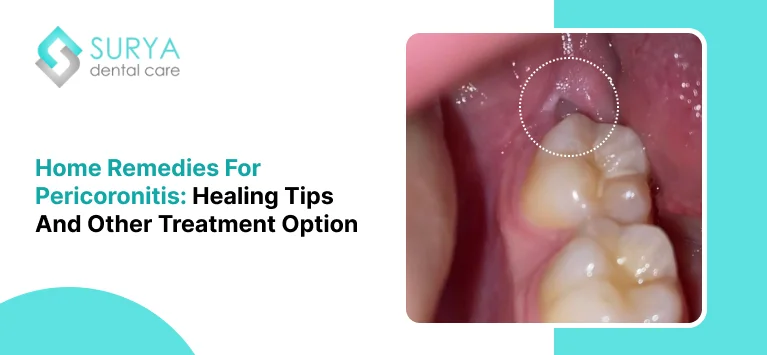

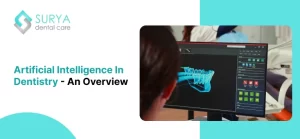
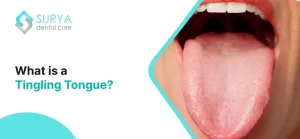
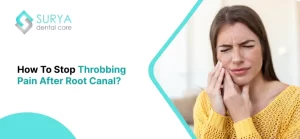
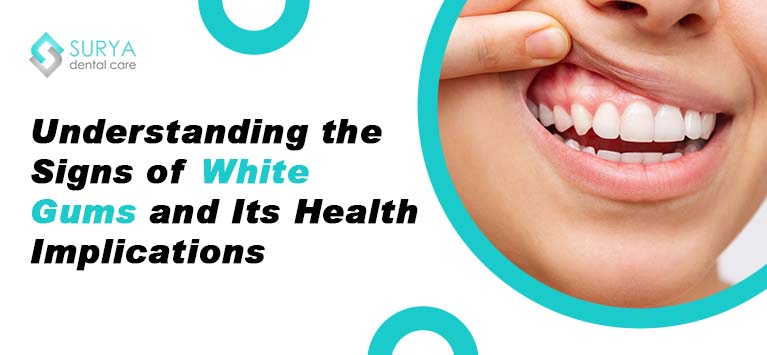
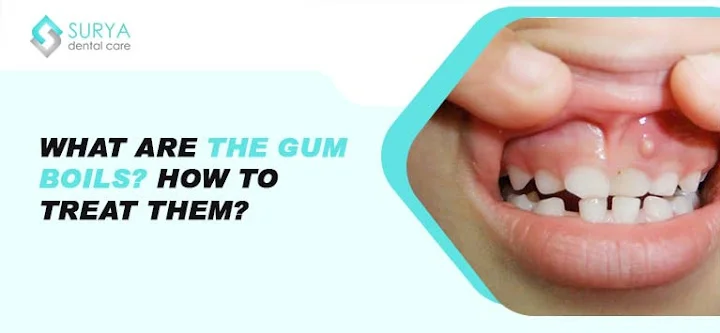


Leave a Comment